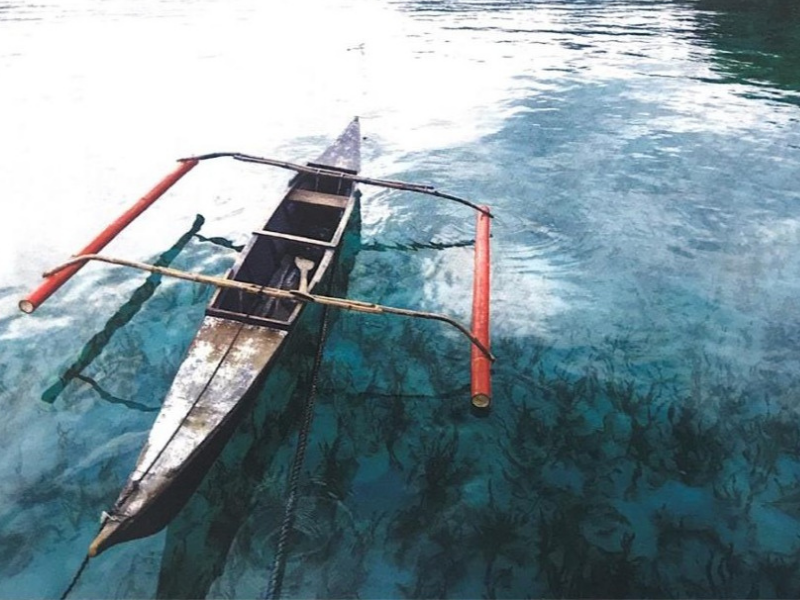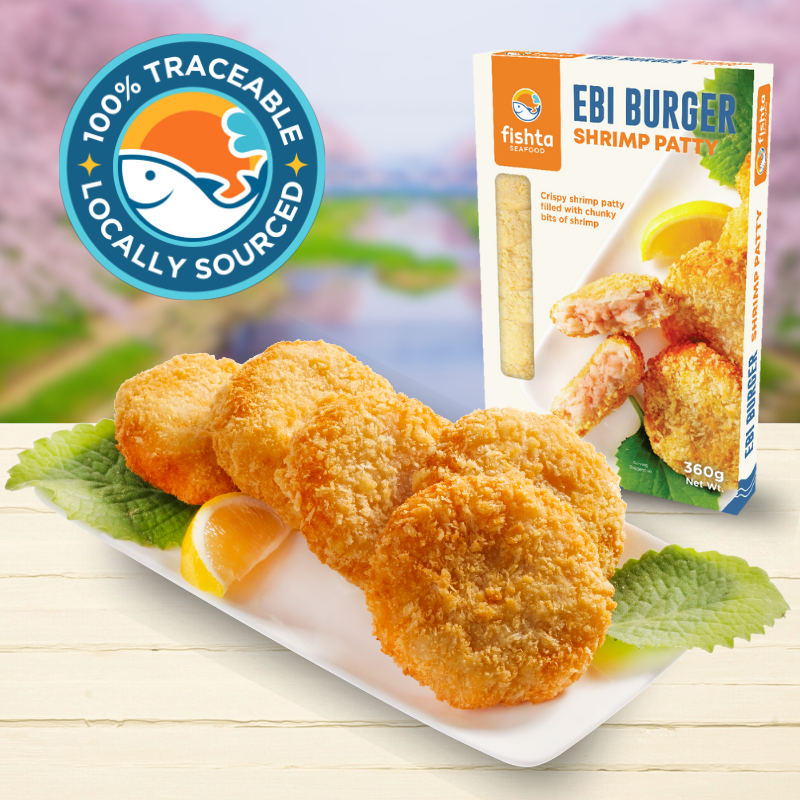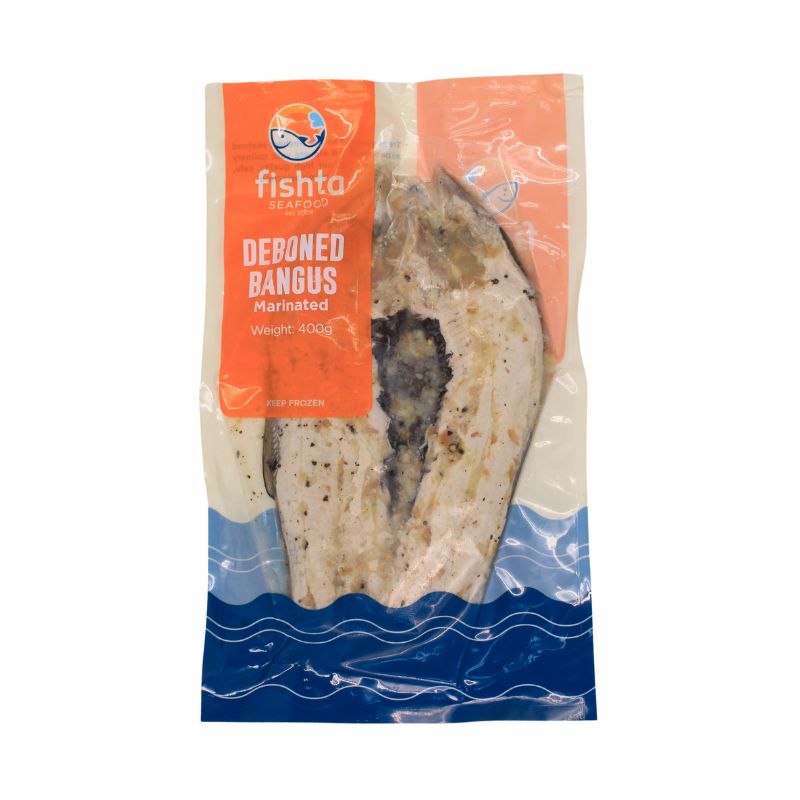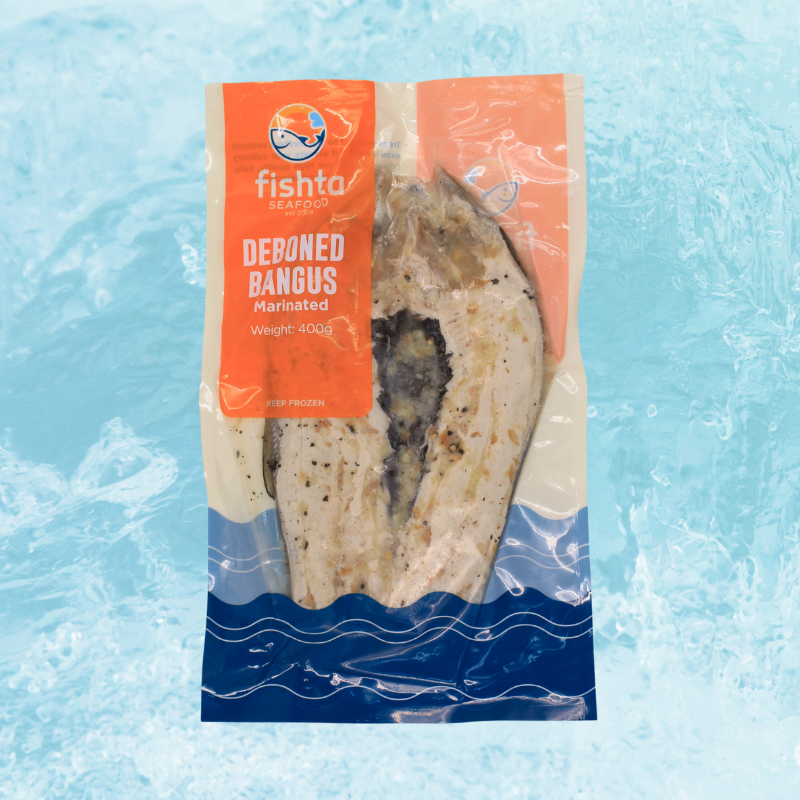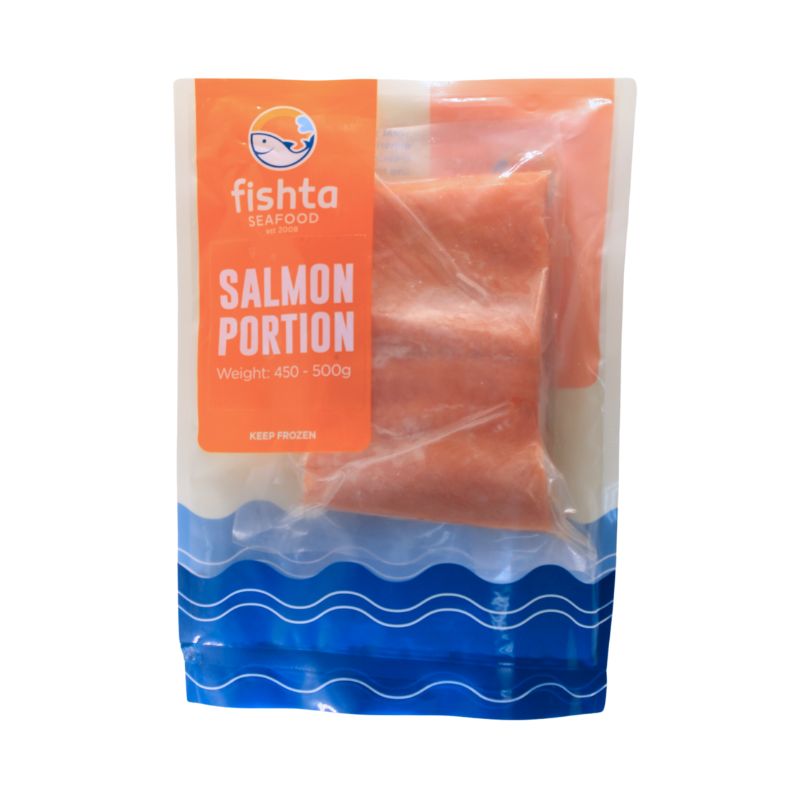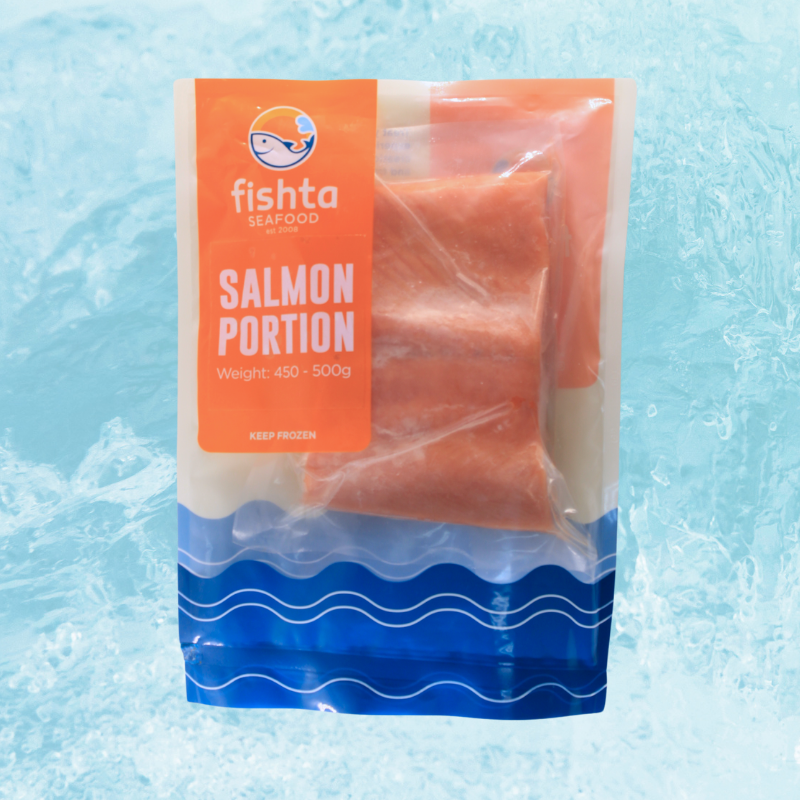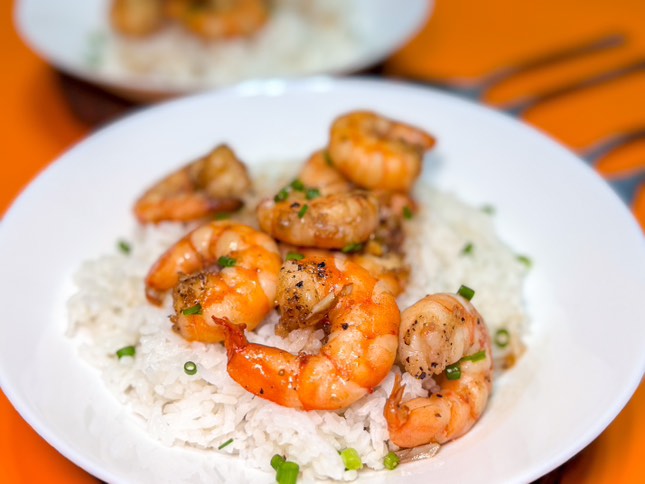Ever think about how your daily catch of fresh Bangus gets to your table? Many people don't give this a second thought, and when it comes to diversifying the way we feed fish to the masses, the fishing industry tends to dwindle with reliable information.
Due to the global pandemic, the last year and a half has altered the global trends of the fishing processing industry. As we are halfway through the year, the industry continues to fluctuate with new trends to anticipate. Read on to stay up to date on these changes and how the industry adapts to the fluctuating trends.
1. Nose-to-Tail Eating is Making itself Known.
Another trend that is catching on in the industry and beyond is nose-to-tail eating practices. These are already common in Southeast Asia and East Asia. However, the concept of eating even the unpopular meat and offal from fish is gradually being adopted in the West.
Discarding fish remnants is easy and the norm in many households not used to cooking fish sustainably. However, with nose-to-tail dining becoming a custom, better eating habits await those who enjoy small pelagic fish like sardines, anchovies, and mackerel, without worrying much about the waste anymore.
2. More Europeans are Eating Fish
The logistics behind the fish industry's supply chain has significantly fluctuated, but it also opened a window for more people to eat at home and shift to a healthier lifestyle. Thus, fish consumption has become a vital player in the wellness trend that continues to move upwards in the European Union.
There's been a steady rise in seafood purchases among EU member states, specifically cod, haddock, and whitefish in Western European countries. The European Commission reports that European aquaculture has been consistent in upholding sustainable and consumer protection standards despite the hard-hit of COVID-19 in the first half of the year.
3. There Was A -0.8 % Decrease in Philippine Fish Production During Q1 of 2021.
As expected, the pandemic has impacted the volume of fishery production during the first quarter of the year. From 986.41 thousand metric tons in 2020, 978.62 thousand metric tons were recorded from January to March 2021.
A chunk of major species suffered decrements in production, including sardines at -37.5%, yellowfin tuna at -17.6%, and Lapu-Lapu or the grouper fish at - 13%. However, there was an increase in output when it came to the aquaculture of farms in the Philippines by 0.02% compared to the same previous quarter in 2020.
4. Traceability and Sustainable Fish Stocks Grow to be More Essential in the Coming Years.
Many industries cannot ignore that consumer behavior is gradually shifting and being influenced by a sterner global response to protecting ocean health and wildlife. This entails a deeper look into the fishing industries in various parts of the world.
Whether it's commercial or industrial fishing practices or exotic fishing of endangered sea creatures, a need to the more vigilant with where the fish and seafood we eat has heightened. Thus, purchasing power and consumer choices will strongly be dictated by traceability practices of seafood sold in the market.
5. Seafood Delivery Services Have Become Trendy.
It's no doubt fish from the nearest supermarket, or wet market is still preferred amongst many home cooks and chefs. However, in the last year, a boom in the delivery business has been met with flexibility and acceptance amongst many Pinoys working from home and getting used to the idea of eating out less.
Fish and other seafood products have also become food people check out of their online grocery apps and websites. Fishta Seafood is also one that offers online delivery for fresh farmed seafood that is flexible to any meal plan. This trend has spiked in the rather traditional industry of aquaculture and fish farming beyond the pandemic.
It's also showed many people that preparing high-end dishes that you commonly have in the restaurant can also the done in the home, promoting health, wellness, and convenience that many have a hard time saying no to.
Staying Afloat
With the changes brought about by COVID-19, it's no surprise that the fishing industry also had to find a way to stay afloat and adapt to the dwindling economy. If one trend became prevalent in the last two years, it's the heightened global response to ocean health and the conscious effort to purchase sustainably sourced seafood.
Whether you're buying Fishta Seafood or getting your pre-packaged tuna delivered to your doorstep, it never hurts to know how the world is changing in terms of adapting to a sustainable future beyond the way you source and eat fish.
#FishtaForEveryFilipino #SustainableFishing #FishingWorldWide
Like and follow us on Facebook and share with us which trend you thought was interesting.

